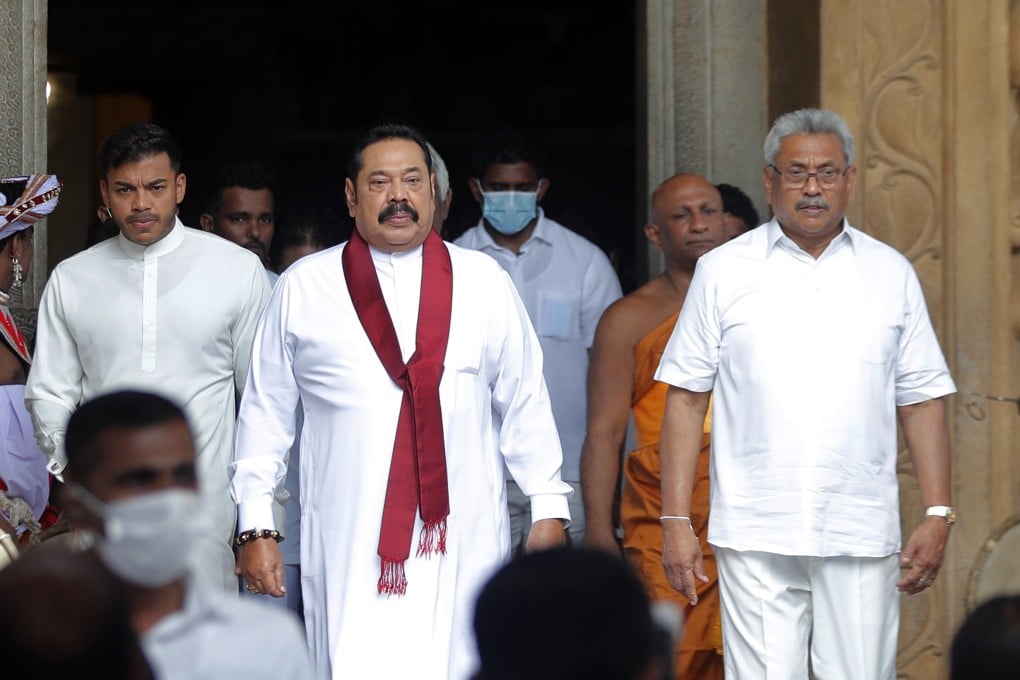Advertisement
Opinion | Amid China-US rivalry, Sri Lanka crisis offers lesson for engagement with Pacific island nations
- A series of poor financial decisions by the Rajapaksas, including attempts to capitalise on China-India rivalry by signing investment deals with both, have left Sri Lanka in crisis
- With competition growing between China and the US in the region, other Pacific island nations must avoid falling into the same trap
Reading Time:3 minutes
Why you can trust SCMP
2

Sri Lanka’s former president Gotabaya Rajapaksa fled abroad with his family last week after protesters stormed the presidential palace, following widespread protests over the country’s worsening economic crisis. What brought this Indo-Pacific island nation to such a dire situation?
Analysts seem to differ on the reasons. Is China’s costly Belt and Road Initiative to blame, or it financial mismanagement by the Rajapaksa family, or the shift to organic farming?
The fact is that all three are interconnected and the crisis should serve as a case study for US engagement with Pacific island nations.
First, the labelling of China’s belt and road as a “debt trap” is subjective. Beijing’s extension of credit to countries participating in the initiative is similar to a liquor store selling alcohol to someone suffering from liver cirrhosis. Sri Lanka’s financial situation was in dire straits even before borrowing from China. The Chinese debt was the shot of alcohol that just made it worse.

While Sri Lanka’s largest bilateral creditor is China, accounting for 20 per cent of its foreign debt, the island nation owes the most – roughly 36 per cent of its total foreign debt – in the form of international sovereign bonds.
Advertisement
Select Voice
Choose your listening speed
Get through articles 2x faster
1.25x
250 WPM
Slow
Average
Fast
1.25x
